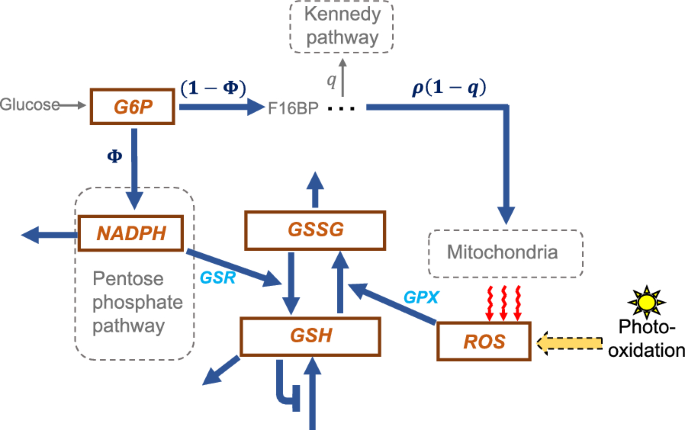

The CD4-positive T-helper cell, a specific type of white blood cell, is especially important since it helps other cells fight the virus.

The body’s immune system fights the HIV-1 virus with white blood cells. Description modeling with systems of differential equations and developing analytical, computational, and visual solution techniques.
#MODELING DIFFERENTIAL EQUATION SYSTEMS FULL#
Once infected with the HIV-1 virus, it can be years before an HIV-positive patient exhibits the full symptoms of AIDS. The analysis of differential equation models nearly always involves a minimum of three primary. Almost all of the differential equations that you will use in your job (for the engineers out there in the audience) are there because somebody, at some time, modeled a situation to come up with the differential equation that you are using.

ODEs are the most widespread formalism to model dynamical systems in science and engineering. Modeling is the process of writing a differential equation to describe a physical situation.

There are two storage elements (inductor and capacitor) in this circuit. Stability Analyses of Linear Differential Equation Systems. An ODE (ordinary differential equation) model is a set of differential equations involving functions of only one independent variable and one or more of their derivatives with respect to that variable. It is nothing but the process or technique to express the system by a set of mathematical equations (algebraic or differential in nature). By applying, we determine that the external force applied is acting in the positive x-direction, while the spring and damper forces are acting in the negative x-direction, which is towards the wall. It is having an input voltage, v i ( t) and the current flowing through the circuit is i ( t). Mathematical modeling of any control system is the first and foremost task that a control engineer has to accomplish for design and analysis of any control engineering problem. First, we must determine the differential equations that adequately describe the model.
#MODELING DIFFERENTIAL EQUATION SYSTEMS SERIES#
If an individual has such antibodies, then they are said to be HIV-1 positive. State Space Model from Differential Equation Consider the following series of the RLC circuit. Tests have been developed to determine the presence of HIV-1 antibodies. Translational mechanical systems Rotational mechanical systems Modeling of Translational Mechanical Systems Translational mechanical systems move along a straight line. Such differential equations may be obtained by using physical laws governing a partic-ular systemfor example, Newton’s laws for mechanical systems and Kirchhoff’s laws for electrical systems. There are two types of mechanical systems based on the type of motion. economic, biological, and so on, may be described in terms of differential equations. However, these symptoms will disappear after a period of weeks or months as the body begins to manufacture antibodies against the virus. In this chapter, let us discuss the differential equation modeling of mechanical systems. It describes methods for obtaining solutions of challenging differential equations stemming from problems in areas such as chemical reactions, population dynamics, mechanical systems, and fluid. After an individual is infected with the HIV-1 virus, the amount of the virus in the bloodstream rises dramatically and the person will often suffer from flu-like symptoms. This book presents mathematical modelling and the integrated process of formulating sets of equations to describe real-world problems. =0.2311,\) so the approximate growth rate is 23.11% per year.The interaction of the HIV-1 virus with the body’s immune system can be modeled by a system of differential equations similar to a predator-prey system. Almost all of the systems that we’ll be setting up here will be nonhomogeneous systems (which we only briefly looked at), will be nonlinear (which we didn’t look at) and/or will involve systems with more than two differential equations (which we didn’t look at, although most of what we do know will still be true).


 0 kommentar(er)
0 kommentar(er)
